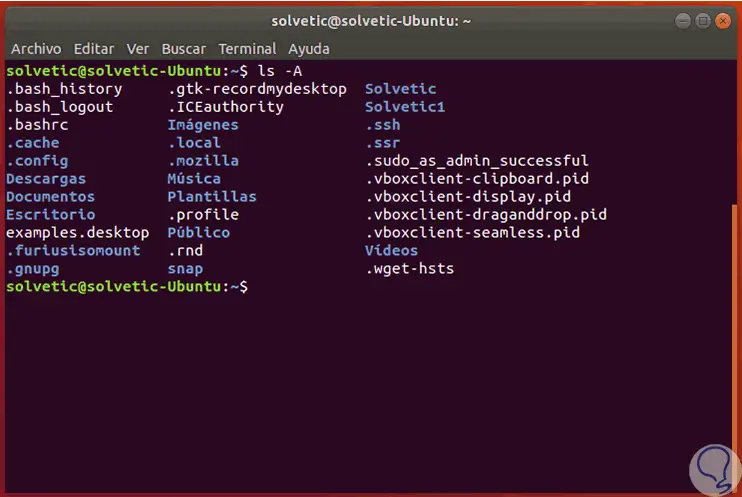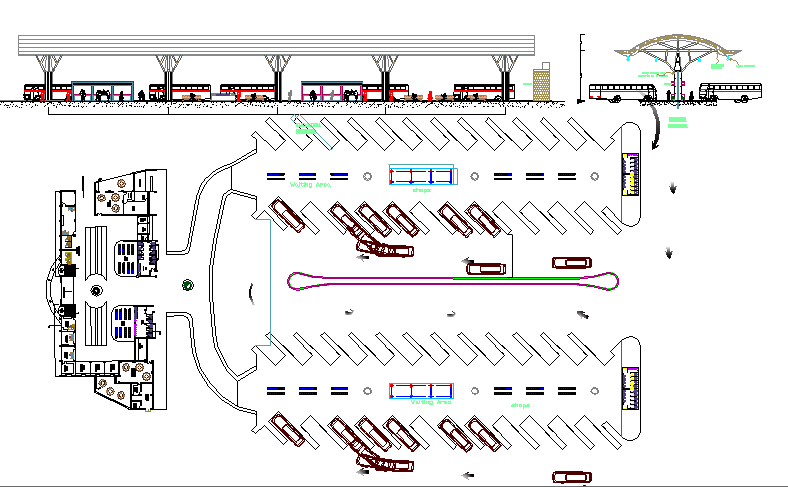

Some Linux distributions have colors pre-programmed so that folders are blue, files are white, binary files are green, and so on. You may also notice that it's hard to tell a file from a folder. Once you start moving around within your computer, you can use that information for reference. That is, you're in a folder inside of another folder. The double dot is an indicator that you can move back from this location. The single dot is a meta-location, meaning the folder you are currently in. From there, the ls (list) command shows you what's in that (or any other) directory: $ pwd The pwd (print working directory) command tells you what directory you're currently in. The ls (list) command lists all files in the current directory. To list the files on your computer or device, you generally open a file manager application, whether it's called Explorer (Windows), Finder (Mac), Nautilus (GNOME), Amaze (Android), or anything else. So instead of starting your journey with the shell by learning terminal commands, begin with everyday tasks that you're already familiar with. There are direct analogs for everything you do in a GUI to most of the everyday activities you do in a terminal. While the terminal may seem mysterious and intimidating at first, it's easy to learn once you realize that a terminal uses the same information as all of your usual applications.
#View all file details terminals how to
That is, this article demonstrates how to use a terminal to move around and browse your computer as you would on a desktop, but from a terminal instead.

This article compares navigating a computer desktop without the desktop. As with any new tool, you have to learn the shell before you can do anything useful with it. Because of this direct communication without the intervention of additional applications, using a terminal also makes it easy to script repetitive tasks, and design workflows unique to your own needs. You may be surprised to learn, then, that there's a more direct way to use a computer: a terminal, or shell, which provides a direct interface between you and the operating system. You probably learned how to interact with a computer using a GUI, and you're probably very good at it. Linux system administration skills assessment.A guide to installing applications on Linux.
#View all file details terminals download
Download RHEL 9 at no charge through the Red Hat Developer program.


 0 kommentar(er)
0 kommentar(er)
